Alaska is both the westernmost and easternmost state in America

A small, uninhabited island called Semisopochnoi basically stretches so far west that it actually enters the eastern hemisphere.
Antarctica is the largest desert in the world
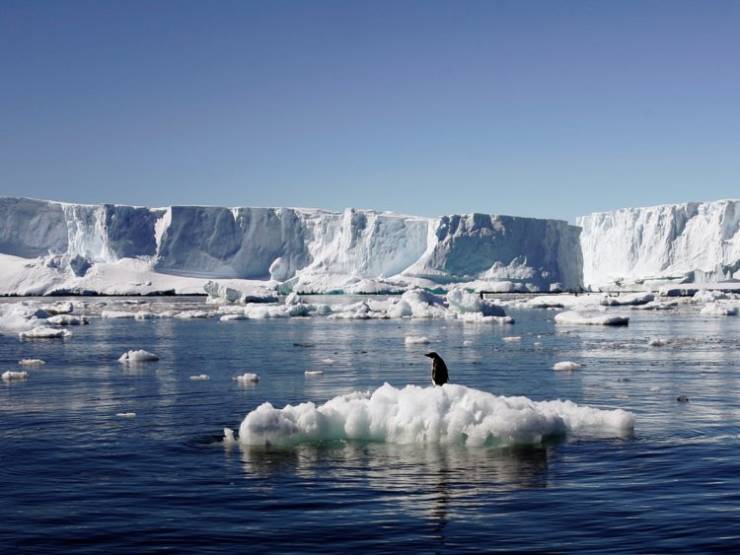
When you picture a desert, you probably imagine lots of sun and sand. But the definition of a desert is really just an area of land that doesn’t get more than 10 inches of precipitation a year.
With that definition in mind, the world’s largest desert is Antarctica. The Antarctic Polar Desert covers 5.5 million square miles, and its water is mostly locked in glaciers and ice sheets, leaving little for plants and animals.
90% of the world’s population lives in the northern hemisphere

There are 7.7 billion people living in the world, of which 90% are in the northern hemisphere.
Parts of Canada are to the south of Detroit
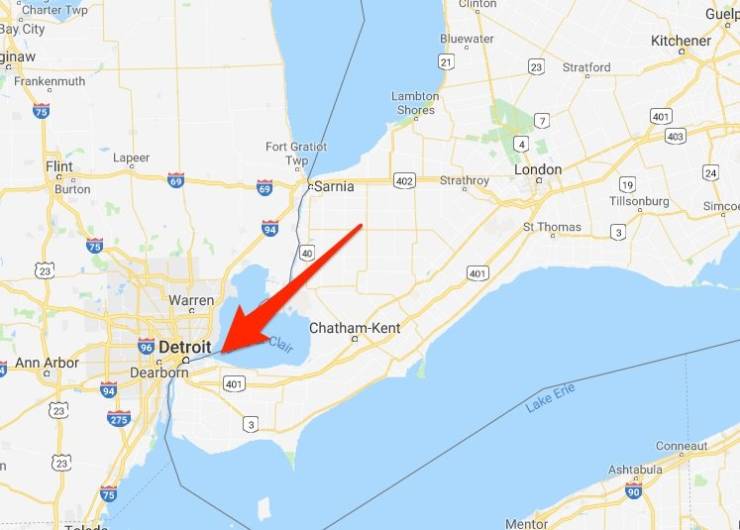
If you keep driving south in the United States, you’ll eventually end up in Mexico. But if you drive south in certain parts of Detroit, you’ll find yourself in Canada. So how would you end up in the country north of the US if you were to drive south?
Windsor, Canada, dips down towards the US and curves toward Michigan. It almost looks as if Canada hooks onto the state. The Detroit-Windsor region includes parts of the US and Canada, and the area serves as an important economic hub because of Michigan’s roots in the automotive industry.
Russia is so big that it’s home to 11 time zones
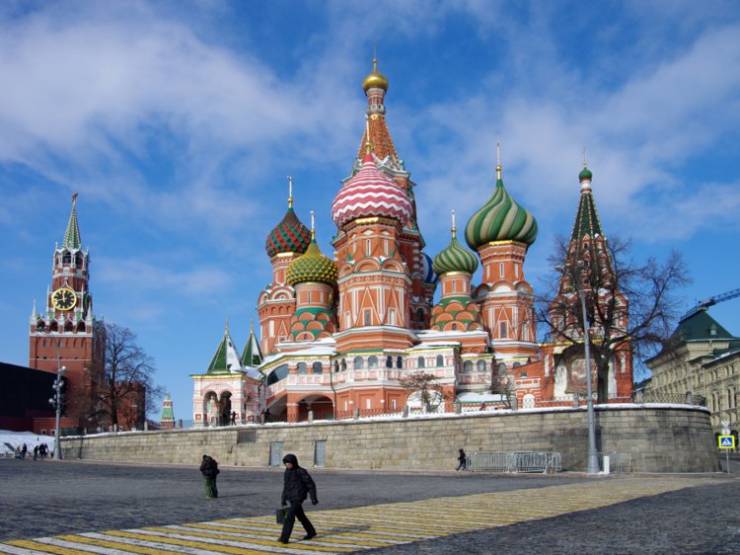
Covering 6.6 million square miles, Russia is the largest country in the world, so it makes sense for its land to spread across multiple times zones. The country spans 11 times zones altogether, which means Russians on one end of the country could be starting their day while Russians on the other end are winding down.
Continents can move at the same rate as fingernails grow
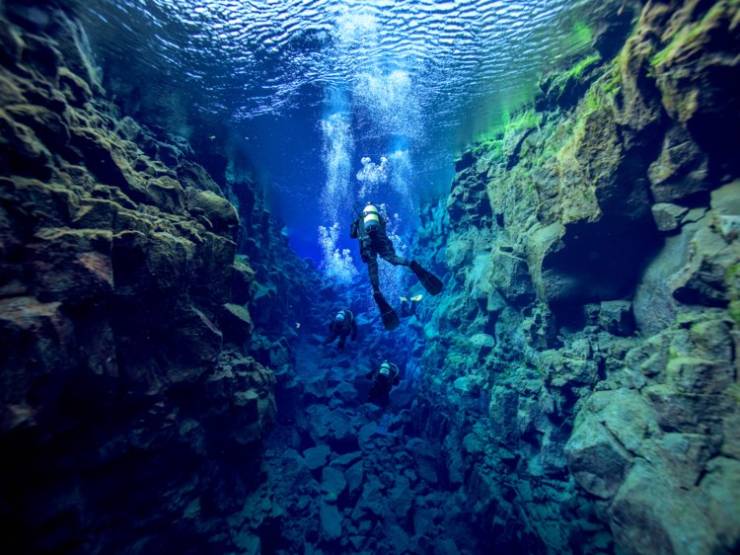
The ancient supercontinent Pangea took hundreds of millions of years to break up into what we know as the seven continents. For 40 million years the land masses of what are now North America and Africa moved at a rate of one millimeter per year.
But 200 million years ago, and for 10 million years, the tectonic plates accelerated, breaking apart at a rate of 20 millimeters a year, or around the same rate at which fingernails grow, before slowing down once more. Turns out, the plates have two distinct speeds, a fast one and a slow one, that they switch between.
Despite being just 2.4 miles apart, the Diomede Islands have a 21-hour time difference between them
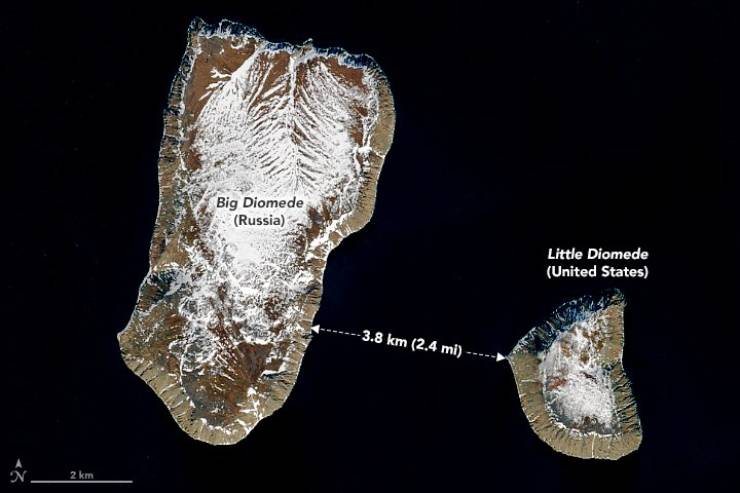
The Diomede Islands are made up of Big Diomede, owned by Russia, and Little Diomede, owned by the United States. While only 2.4 miles apart, they sit on opposite sides of the International Date Line, and thus have a 21-hour time difference between them. This is why they are nicknamed Tomorrow and Yesterday Island.
Istanbul is the only city in the world that is spread across two continents

If you’re trying to visit all seven continents, kill two birds with one stone by heading to Istanbul, Turkey, which is the only city in the world that straddles two continents. The Bosphorus Strait separates the European and Asian sides of the city.
Reno, Nevada, is farther west than Los Angeles, California
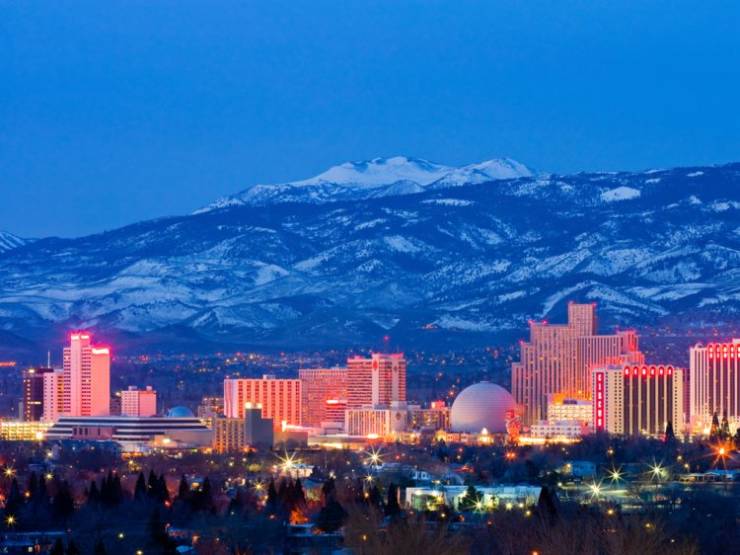
While most of California is more west than Nevada, looking at a map of the United States you’ll see that Reno is actually farther west than Los Angeles. The shape of California loops around the state of Nevada, effectively placing Los Angeles on the east side of Reno.
Mount Chimborazo is the highest point on Earth, but not the world’s tallest mountain
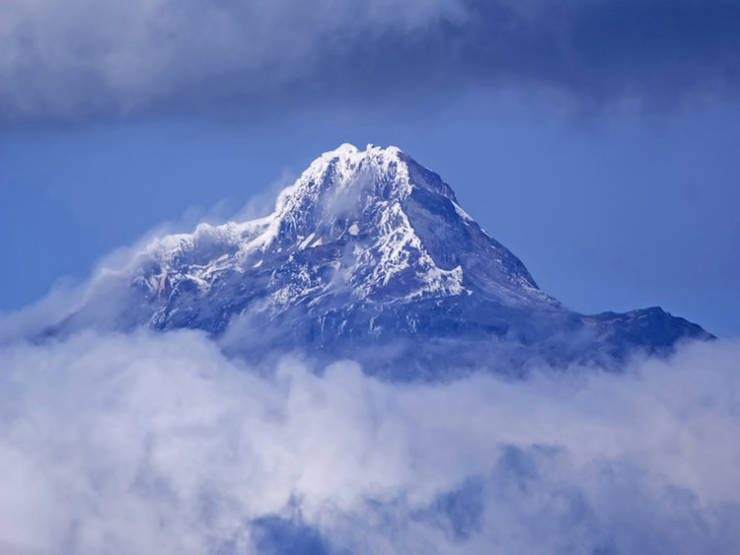
How can a mountain have the highest point on Earth without being the world’s biggest mountain? With a boost from the Earth’s equatorial bulge.
Mount Chimborazo in Ecuador is 20,564 feet high, compared to Mount Everest’s 29,029-feet height. The Earth is round, but not a perfect sphere, and is actually flatter at the poles with bulge around the Equator, hence the equatorial bulge. Because of its location on the equator, Mount Chimborazo is 7,000 feet higher in the sky than Mount Everest, and the Ecuadorian mountain’s summit is the farthest from Earth’s core than any other mountain.
Africa is the only continent that lies in all four hemispheres

The world is divided into four hemispheres based on the Equator and the Prime Meridian. While some continents fall into two hemispheres, Africa is the only continent that lies between all four.
The Appalachian mountains are shrinking
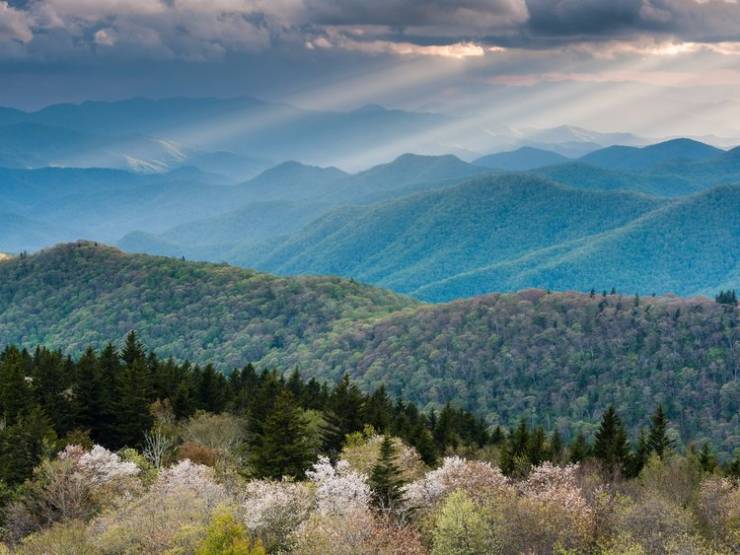
Some believe that the Appalachians were once as tall as the Himalayas, but due to constant rain and wind erosion, they have been shrinking.
In contrast, the Himalayan mountains are growing
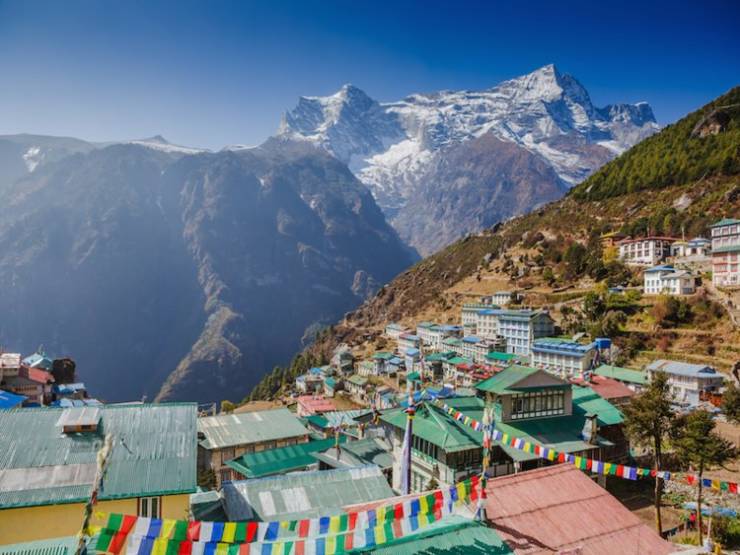
Mountains are formed when tectonic plates collide and push the land upward. The Himalayas are still growing today, by about 0.78 inches a year, because the tectonic plates beneath India and Asia continue to push into each other. Like the Appalachians, the Himalayas are being eroded, but at a slower rate than that at which they’re growing. The Himalayan mountains’ highest point is Mount Everest, which has an elevation of 29,029 feet.
Mount Thor has the world’s greatest vertical drop
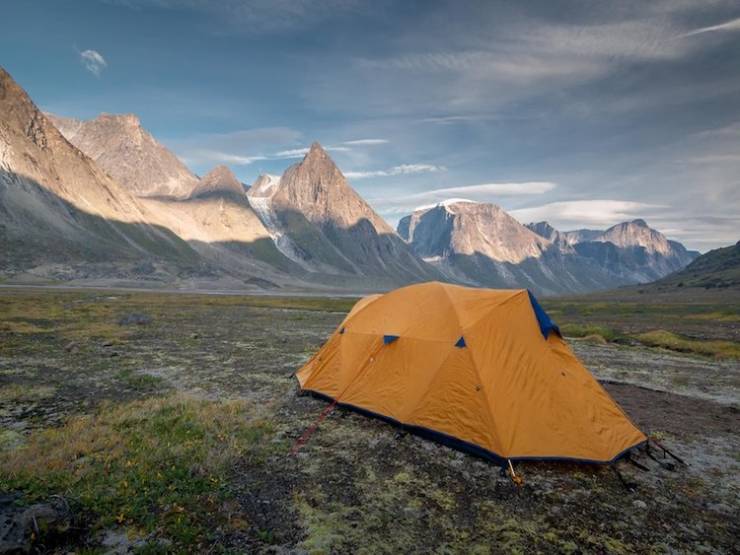
The popular rock climbing location also has the world’s greatest vertical drop. Mount Thor, or Thor Peak, on Baffin Island in Canada, has an elevation of 5,495 feet. Mount Thor boasts the world’s greatest vertical drop at 4,101 feet.
 Barnorama All Fun In The Barn
Barnorama All Fun In The Barn